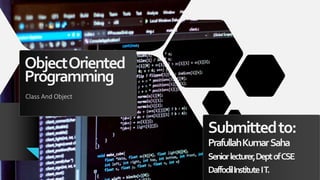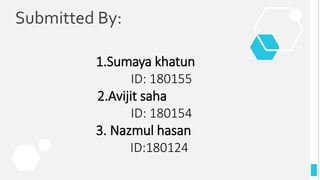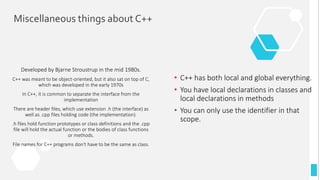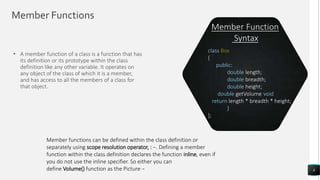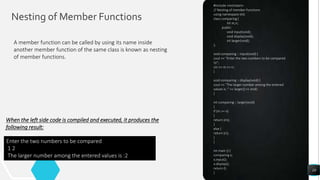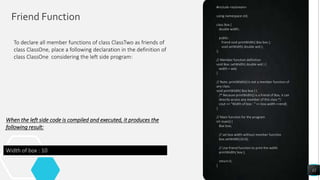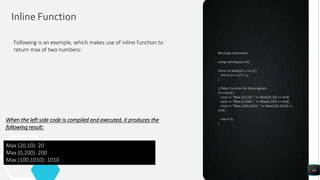This document discusses key concepts in object-oriented programming with C++ including classes, objects, access modifiers, member functions, friend functions, and inline functions. It provides examples of how to define a class with data members and member functions, how to declare objects of a class, and how to define and call member functions and friend functions. It also demonstrates how to use access modifiers like public, private, and protected and how inline functions work.
